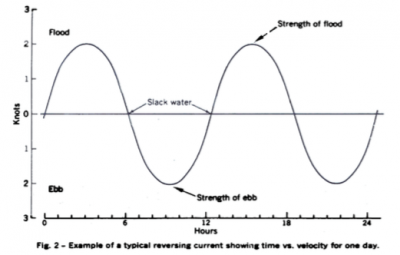I am setting up a RedSea Nano as a quarantine frag tank, as the first step prior to adding corals to the display. It will be totally fish free.
I intend to just use kalkwasser in the ATO for Alk and Ca but, how is best to feed a fish free tank? Will the likes of RedSea Reef energy be enough to feed the corals? There will be no nitrates and phosphates being added by fish poop and waste food but they will need some.
I intend to just use kalkwasser in the ATO for Alk and Ca but, how is best to feed a fish free tank? Will the likes of RedSea Reef energy be enough to feed the corals? There will be no nitrates and phosphates being added by fish poop and waste food but they will need some.






















